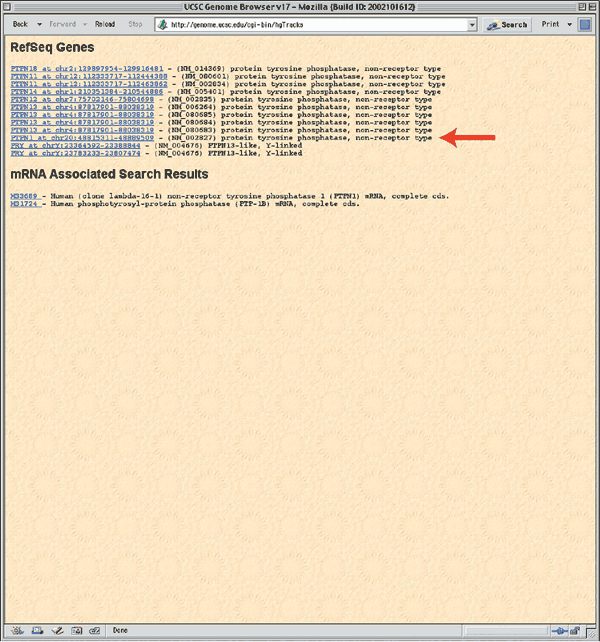

- #How to identify exon and intron in sequence bioedit pdf#
- #How to identify exon and intron in sequence bioedit code#

Lavigueur A, La Branche H, Kornblihtt AR, Chabot B.The essential pre-mRNA splicing factor SF2 influences 5' splice site selection by activating proximal sites. Protein-protein interactions and 5'-splice-site recognition in mammalian mRNA precursors. Kohtz JD, Jamison SF, Will CL, Zuo P, Lührmann R, Garcia-Blanco MA, Manley JL.Order of intron removal during splicing of endogenous adenine phosphoribosyltransferase and dihydrofolate reductase pre-mRNA. Structural and functional diversity in the FGF receptor multigene family. Regulation of alternative pre-mRNA splicing by a novel repeated hexanucleotide element. Mechanisms for selecting 5' splice sites in mammalian pre-mRNA splicing. Sex-lethal autoregulation requires multiple cis-acting elements upstream and downstream of the male exon and appears to depend largely on controlling the use of the male exon 5' splice site. U1 snRNP targets an essential splicing factor, U2AF65, to the 3' splice site by a network of interactions spanning the exon. Alternative splicing of a human alpha-tropomyosin muscle-specific exon: identification of determining sequences. Rapid and quantitative preparation of cytoplasmic RNA from small numbers of cells. Smooth muscle-specific switching of alpha-tropomyosin mutually exclusive exon selection by specific inhibition of the strong default exon. Gooding C, Roberts GC, Moreau G, Nadal-Ginard B, Smith CW.Mutation of an RSV intronic element abolishes both U11/U12 snRNP binding and negative regulation of splicing. Control of BEK and K-SAM splice sites in alternative splicing of the fibroblast growth factor receptor 2 pre-mRNA. Gilbert E, Del Gatto F, Champion-Arnaud P, Gesnel MC, Breathnach R.A protein factor, ASF, controls cell-specific alternative splicing of SV40 early pre-mRNA in vitro. RNA secondary structure repression of a muscle-specific exon in HeLa cell nuclear extracts. Clouet d'Orval B, d'Aubenton Carafa Y, Sirand-Pugnet P, Gallego M, Brody E, Marie J.
#How to identify exon and intron in sequence bioedit code#
Multiple mRNAs code for proteins related to the BEK fibroblast growth factor receptor.
#How to identify exon and intron in sequence bioedit pdf#
The Full Text of this article is available as a PDF (362K). At least three elements are thus involved in controlling splicing of the K-SAM exon: suboptimal 5' and 3' splice sites, an exon inhibitory sequence, and intron activating sequences. Furthermore, if the exon inhibitory sequence is removed, the intron sequences are not required for splicing of the K-SAM exon in a cell line which normally splices this exon. This is no longer the case if either the exon's 5' or 3' splice site is reinforced. Two separate sequence elements in the intron immediately downstream of the K-SAM exon, one of which is a sequence rich in pyrimidines, are both needed for efficient K-SAM exon splicing. This inhibition can be overcome by mutating either the exon's 5' or 3' splice site to make it correspond more closely to the relevant consensus sequence. The short K-SAM exon sequence 5'-TAGGGCAGGC-3' inhibits splicing of the exon. We identify here pre-mRNA sequences involved in controlling splicing of the K-SAM exon. Splicing of these exons is mutually exclusive, and the choice between them is made in a tissue-specific manner. Two alternative exons, BEK and K-SAM, code for part of the ligand binding site of fibroblast growth factor receptor 2.


 0 kommentar(er)
0 kommentar(er)
